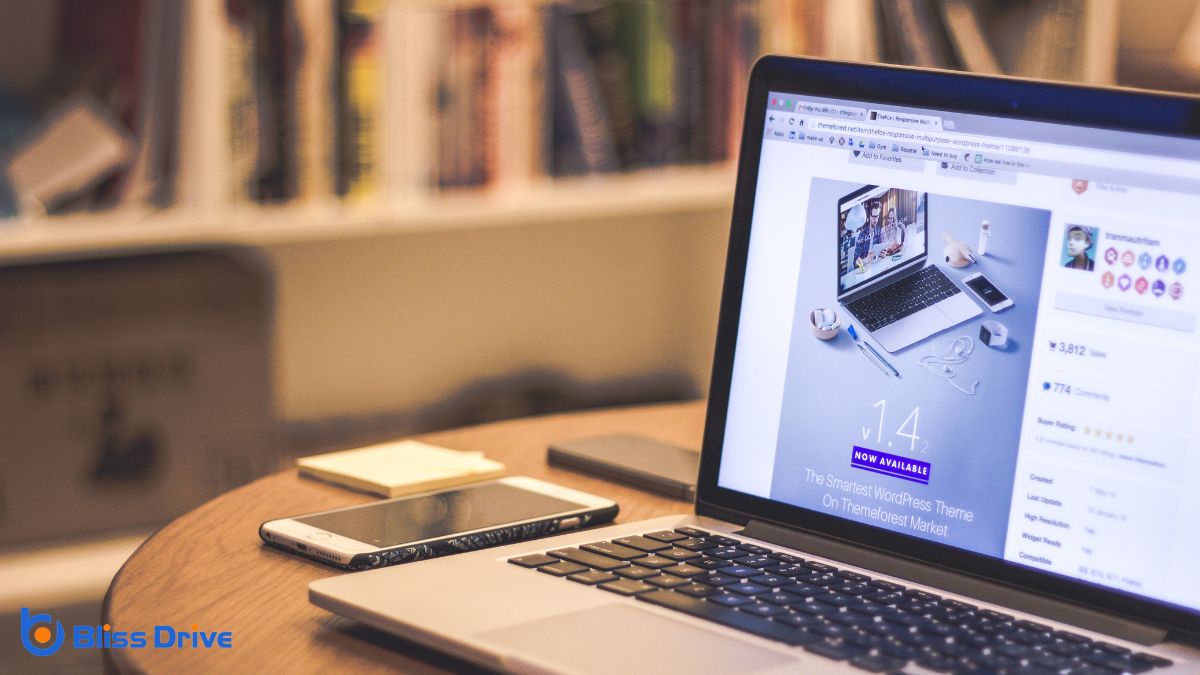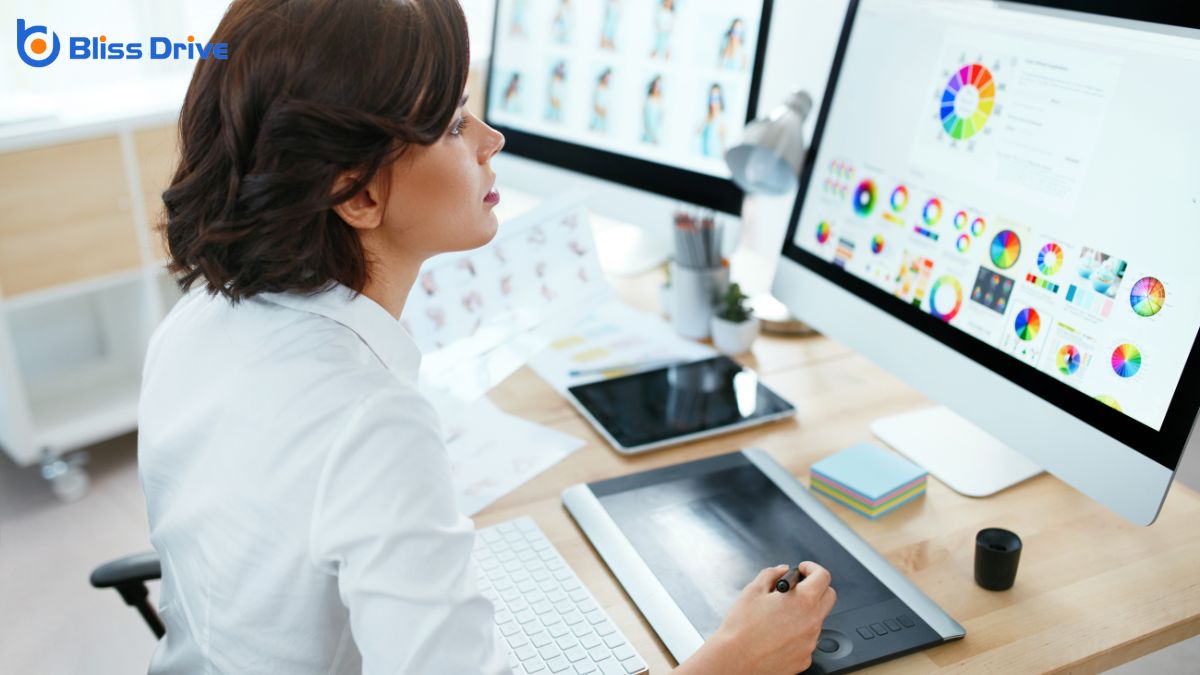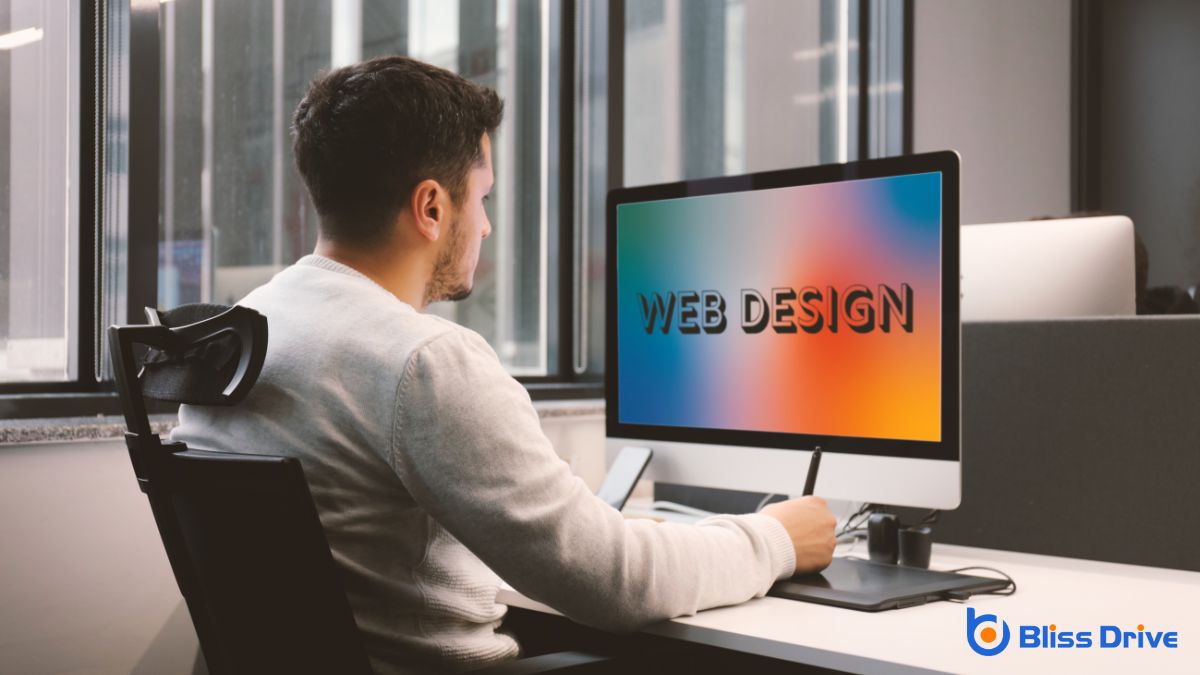Learn More About Us

As we explore the possibility of paying someone to design our website, we're stepping into a world where professional expertise meets our unique needs. A skilled web designer can transform our vision into a functional and visually appealing reality, sparing us the complexities of DIY attempts. But how do we guarantee we're making the right choice and investing wisely in our online presence? Let's uncover the benefits and considerations together.

When we explore the role of a web designer, it’s essential to understand that their job goes beyond just creating visually appealing websites. They bridge the gap between aesthetics and functionality, ensuring that users navigate our sites effortlessly.
As web designers, they focus on user experience, crafting intuitive layouts and seamless interactions. They must stay current with design trends and technologies, adapting our sites to new devices and platforms.
We should appreciate that web designers also collaborate closely with developers, content creators, and clients. They translate our ideas into reality, ensuring our brand's message is clear and engaging.
Their role involves problem-solving, creativity, and technical expertise, which are all significant in delivering a website that meets our specific needs and expectations. Understanding this helps us better appreciate their indispensable contributions.
Hiring a professional web designer can transform our online presence into a powerful tool for success. They know how to create visually appealing and user-friendly websites that capture our brand's essence.
With their expertise, we save time and avoid the frustration of figuring out complex design tools ourselves. Professional designers stay updated on the latest trends and technologies, ensuring our site isn’t just attractive but also functional across all devices.
Moreover, they understand search engine optimization (SEO) principles, which helps improve our site’s visibility. This can leadA potential customer referred by an affiliate who has shown interest in the product or service but h... to increased traffic and potential customers.
Before we hire someone to design our website, let's identify our target audience and establish the key features we need.
Understanding who'll visit our site helps us tailor the design and content to meet their needs.
Why is identifying our target audience so essential when designing a website?
It’s because understanding who we’re speaking to helps tailor our content and design to meet their specific needs.
When we understand our audience, we can create a user-friendly experience that resonates with them.
Think about it: a website aimed at young professionals will look and feel different from one targeting retirees.
To create a website that truly serves our business or personal objectives, we need to establish its key features by clearly defining our needs and goals.
First, let’s consider the primary purpose of the website. Do we want to sell products, share information, or perhaps build a community? Understanding our main objective helps us prioritize features.
Next, we should think about user experience. How do we want visitors to interact with our site? Navigation should be intuitive, and content should be easy to find.
Finally, consider any specific functionalities like contact forms, e-commerce, or multimedia integration. By outlining these elements, we can effectively communicate our vision to a designer, ensuring our website aligns with our expectations and serves its intended purpose.
When commencing a website design project, understanding the financial aspects is essential to its success.
We need to guarantee that our budget aligns with our objectives, allowing us to make informed decisions throughout the process.
Let's break down the key components to evaluate:
When we're considering hiring a web designer, evaluating their portfolio quality is vital to guarantee their style aligns with our vision.
We should also prioritize open communication and check their availability to confirm they can meet our project deadlines.
A web designer's portfolio is often the best indicator of their skills and style, making it crucial for us to examine it closely.
By reviewing a portfolio, we can gain insights into whether a designer’s work meets our needs and expectations.
Here’s what to focus on:
While searching for a web designer, we must prioritize effective communication and consistent availability. These elements guarantee our project's success and that our vision aligns with theirs.
Open lines of communication mean we can share ideas, provide feedback, and address concerns promptly. A designer who's accessible and responsive respects our time and helps prevent misunderstandings that could delay progress.
We should look for designers who respond quickly to inquiries and are willing to schedule regular check-ins. Their ability to explain technical concepts in simple terms is also vital, as it helps us make informed decisions about our website.
Looking to hire the perfect web designer? Let's explore some great places to find talent that matches your needs.
Finding a skilled web designer can seem intimidating, but we've got some reliable sources to help you get started.
1. Freelance Platforms: Websites like Upwork and Fiverr offerThe specific product or service being promoted by affiliates. a wide range of designers.
You can browse portfolios and check reviews to find someone who fits your style and budget.
2. Professional Networks: Platforms such as LinkedInA professional networking site used for career and business networking. connect us to professional web designers.
We can view their work history and recommendations, which helps guarantee a good fit.
3. Design Communities: Websites like Behance and Dribbble showcase designers' work.
These platforms are perfect for finding someone whose style resonates with our vision.
Before diving into a partnership with a web designer, what key questions should we ask to guarantee a successful collaboration?
First, we should inquire about their experience and portfolio. This gives us insight into their style and capability.
Next, let’s ask about their design process. Understanding their workflow helps us align our expectations.
We should also discuss timelines and deadlines to confirm they can meet our schedule.
Don’t forget to ask about their pricing structure and any potential additional costs. Clarifying this upfront avoids surprises later.
Finally, we must ask for client references or testimonials to gauge their reliability.
To collaborate effectively with our web designer, we should maintain open and consistent communication throughout the project. This guarantees that our vision is understood and any potential issues are addressed promptly.
Here are three key steps to enhance our collaboration:

After collaborating closely with our web designer, it's time to assess the finished product to confirm it aligns with our initial goals and vision.
Let's begin by examining the site's aesthetics. Does the design reflect our brand's personality?
Next, we'll navigate through the pages, making sure everything functions smoothly and intuitively. Are the loading times quick? Are the links working correctly?
We should also test the website's responsiveness on various devices like smartphones and tablets. It's essential to guarantee the content is clear and engaging, effectively communicating our message.
Finally, let's review the search engine optimization (SEO) elements. Are the keywordsWords or phrases that users type into search engines to find information. strategically placed?
To sum up, we can’t overstate the benefits of hiring a professional web designer to create a standout online presence for our business. By understanding our needs, setting a realistic budget, and asking the right questions, we’ll find the perfect designer to bring our vision to life. Let’s collaborate closely, ensuring our site meets our goals and impresses our audience. Together, we’ll build a website that not only looks great but also drives success.
